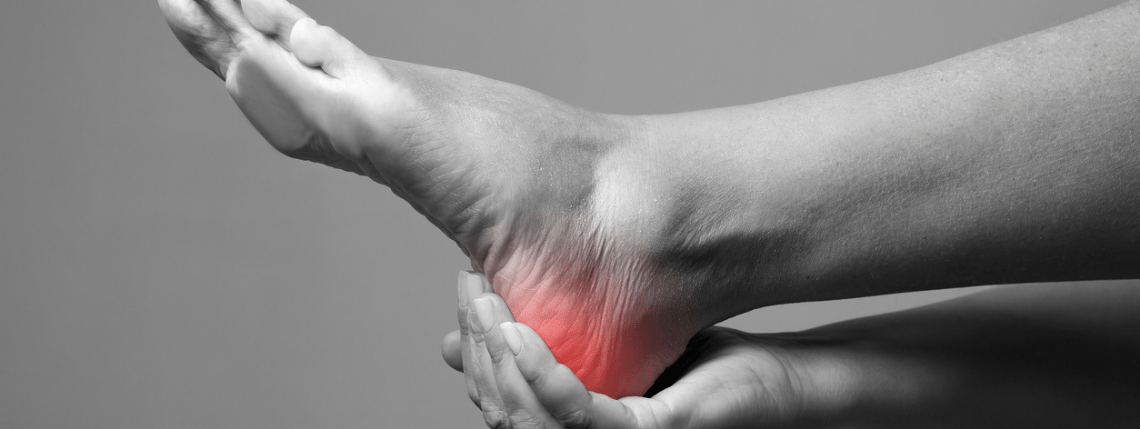Dr Emily Splichal covers four of the most common conditions that often present as plantar heel pain, are often misdiagnosed as plantar fasciitis and typically do not respond to the same treatment as plantar fasciitis.
For the past several months you’ve been experiencing a sharp pain in the bottom of your heel. After a quick search on the internet, you determine that it must be plantar fasciitis. After doing the recommended treatments, including rest, ice, arch supports and stretching, you find yourself in the same painful situation and fear it may be getting worse.
Although plantar fasciitis is one of the most common causes of plantar heel pain, it’s not the only diagnosis. In fact, plantar heel pain that does not respond to conservative treatment is usually not plantar fasciitis.
Here are four of the most common conditions that often present as plantar heel pain, are often misdiagnosed as plantar fasciitis and typically do not respond to the same treatment as plantar fasciitis.
Differential 1 – Plantar fasciosis
What may have once started as acute plantar fasciitis or inflammation of the fascia on the bottom of the foot, can progress to a degenerative and chronic condition called plantar fasciosis.
Typically, when plantar fasciitis persists for greater than six months, it is considered plantar fasciosis or chronic plantar heel pain. Due to the chronic nature of this condition, there is a subsequent thickening and degeneration of the fascia fibres.
Treatment options for plantar fasciosis include physical therapy, extracorporeal shockwave therapy (ESWT), systemic enzyme therapy, which uses the fibrinolytic properties of selected enzymes, red light therapy, PRP and occasionally surgery.
Differential 2 – Partial tear plantar fascia
Persistent stress to degenerated or thickened plantar fascia can sometimes lead to a partial tear within the plantar fascia. These tears often occur during a sudden movement, with the patient stating they heard or felt a ‘pop’.
Similar to plantar fasciosis, the treatment options typically focus on regenerative medicine and repair of the injured tissue fibres. PRP, systemic enzyme supplements and laser therapy have shown some promising results for this injury.
Differential 3 – Baxter’s nerve entrapment
Baxter’s nerve is a small nerve branch that runs across the bottom of the foot just under the arch. Entrapment or pinching of this nerve can occur between two muscles of the plantar foot.
Often, an MRI will be ordered to identify the trapped nerve and to evaluate for denervation or atrophy of certain foot muscles. In addition, potential causes of the impingement can be identified, including soft tissue mass or enlarged vessels.
Treatment options include cortisone injections to the nerve, nerve mobilisation, physical therapy and surgery.
Differential 4 – Posterior tibial tendinitis
The posterior tibial tendon runs from the calf muscles, down the inside of the ankle and attaches to a bone in the medial arch called the navicular. This important tendon holds up your foot, maintains your arch and is essential for walking.
How posterior tibial pain can be misdiagnosed as plantar fasciitis has to do with its unique attachment. After inserting onto the navicular bone, the posterior tibial tendon actually fans out and inserts all along the arch and back towards the heel.
Most common treatments for posterior tibial tendinitis include stabilising the foot with a brace or orthotics, physical therapy, rest and anti-inflammatories.
Reconsidering your diagnosis?
If after reading the above you are no longer certain if you have plantar fasciitis, then it may be time to see your local podiatrist.
Getting a thorough evaluation from a qualified professional is best, especially when your condition is persisting.








